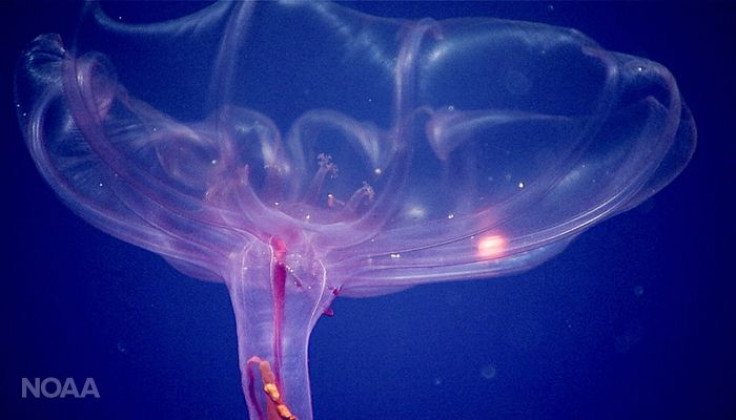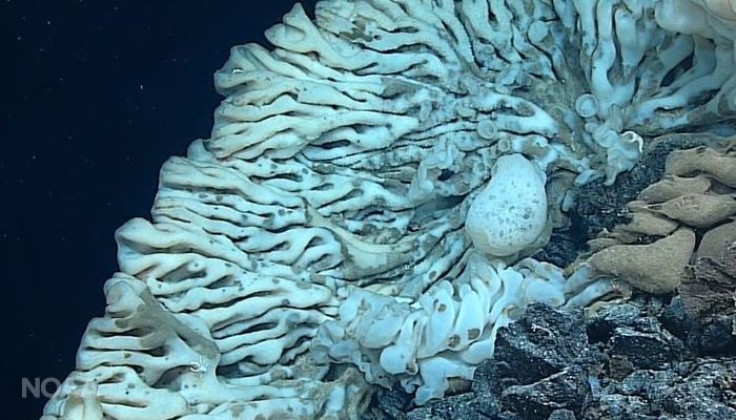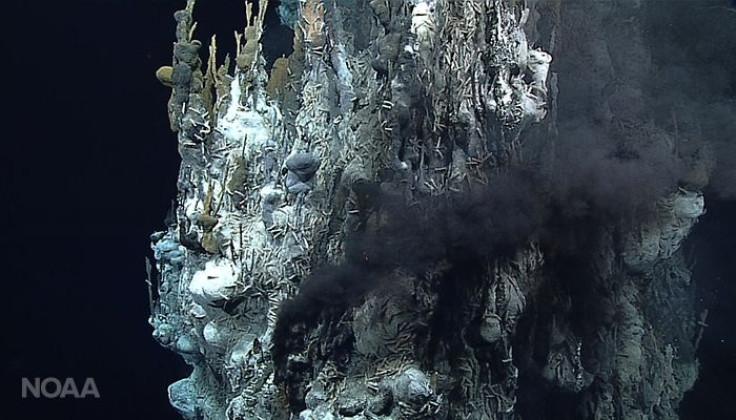These Wild Sea Creatures Were Found By NOAA During Years Of Exploration

The Okeanos Explorer ship used by the National Oceanic and Atmospheric Administration to conduct research on the Pacific Ocean and its creatures is finishing up a three-year mission. Since it set out exploring the depths of the Pacific it has found some pretty wild creatures that are rarely seen by humans.
The mission called “Campaign to Address Pacific monument Science, Technology, and Ocean NEeds” or CAPSTONE, is a multi-year mission meant to provide new information about the depths of the ocean. The current part of the mission will consist of dives conducted until Sept. 29.
As the mission has progressed over the last couple of years some stunning discoveries have been made from sea sponges to stars, the mission has resulted in the capture of some new sights.

The largest sea sponge known to man was discovered in 2015 within the Papahānaumokuākea Marine National Monument in the northern Pacific. The sponge is 12-feet long and seven-feet wide, about the same size as a larger car. It was found at a depth of 7,000 feet, that’s more than a mile under the ocean.
A little more than a year ago in July 2016, the crew discovered a ghost fish. It’s a small fish measuring only about 10 centimeters. It was the first of its kind to ever be found alive. It was found deep under water where there usually isn’t any light, which is why it can lack color. Now knowing where to find such fish can help researchers learn even more about the species.

The researchers also found a vent underwater spewing metals in the Marianas not far from Guam. It’s a tectonically active area which could explain the high amount of metals that were coming from the vent. The area of the ocean around the vent also was home to a wide variety of species.
Researchers captured this video of a brittle sea star actually catching moving prey and consuming it. This species usually has been seen scavenging or filter feeding. This is the first time the stars have really been seen attacking their food since 1998, according to NOAA.
This sea cucumber is rare in that it looks sort of like a jellyfish. It was found in May in the Pacific Remote Islands Marine National Monument. It’s a deep-swimming sea cucumber meaning it stays deep under water, this one was found more than 1,000 meters under the surface of the sea.
This is an actual jellyfish. It was found in the Marianas Trench Marine National Monument in April, 2016. It was pictured at 3,700 meters under the surface of the sea. It’s a Crossota jellyfish. Scientists have determined that the two sets of tentacles it has are helpful and apparent when it is about to ambush its prey.
As the mission wraps up, you can follow along with the explorations live. There's a stream from the Okeanos Explorer ship that will be live until Sept. 30.
© Copyright IBTimes 2024. All rights reserved.











